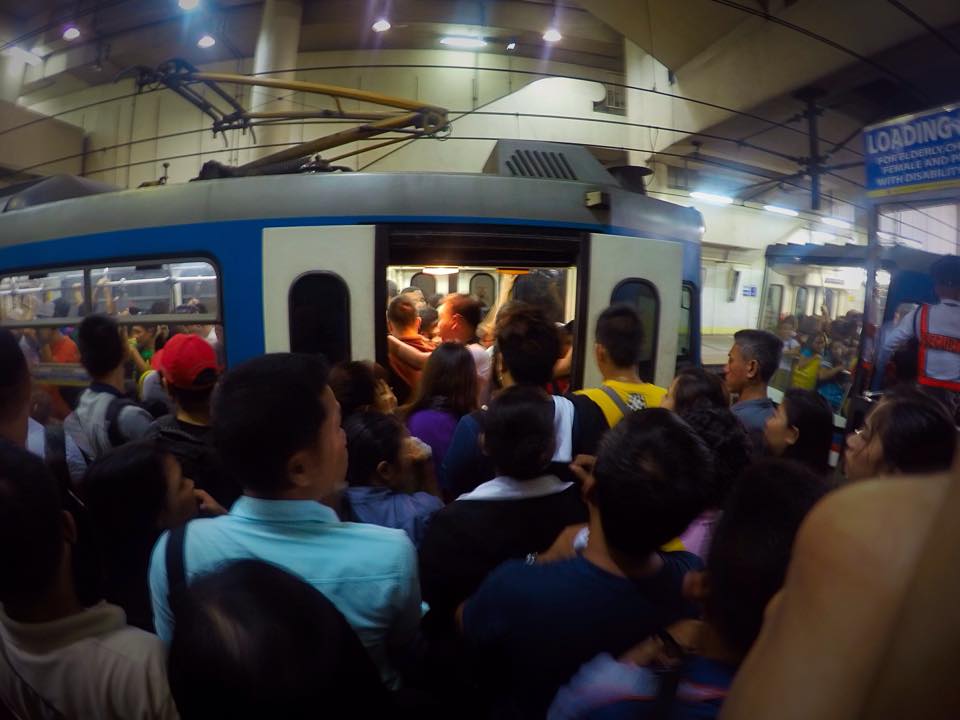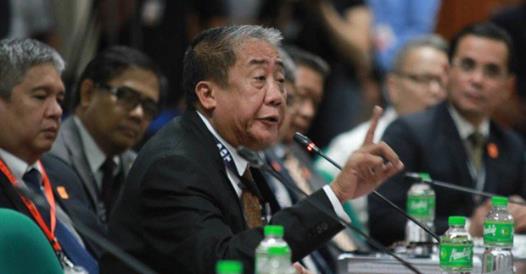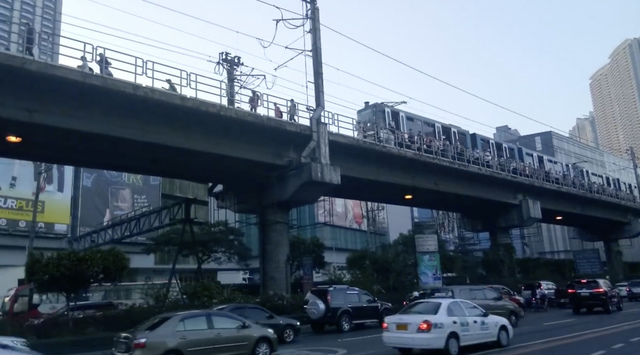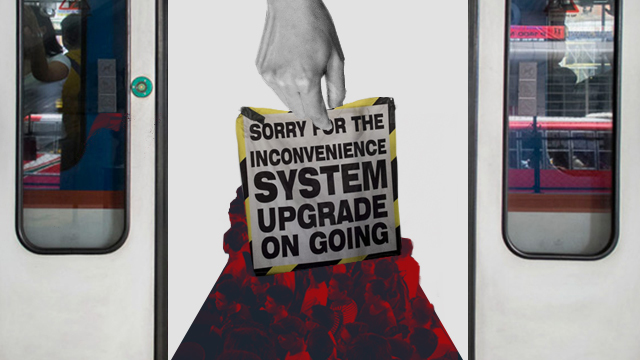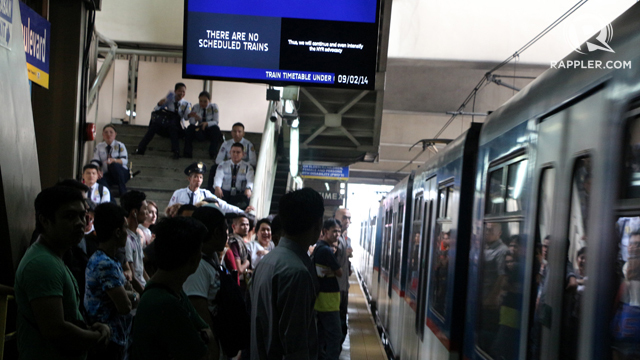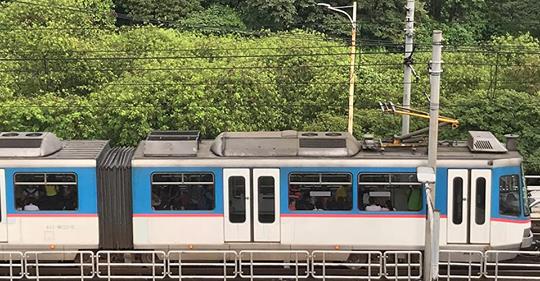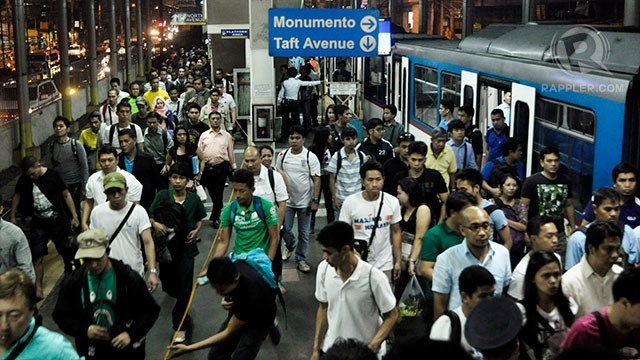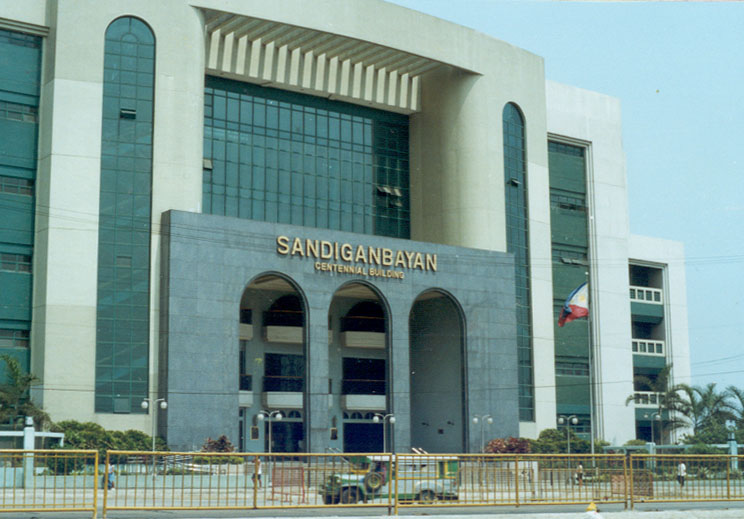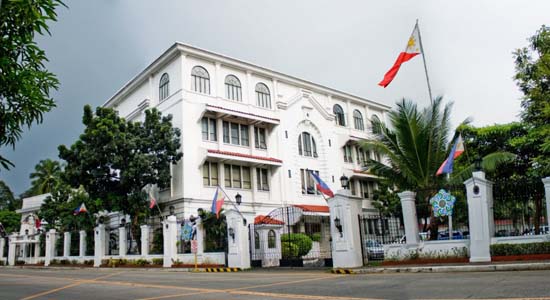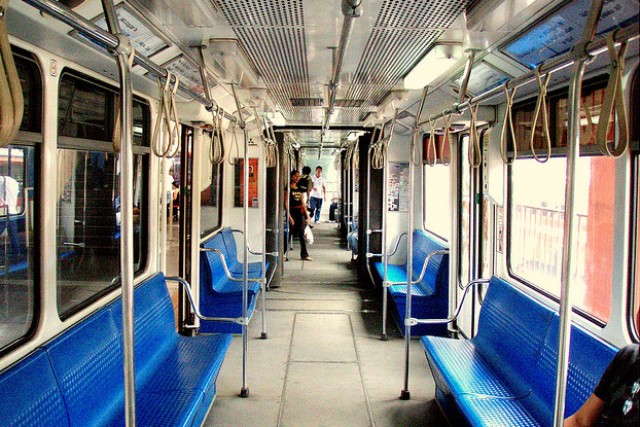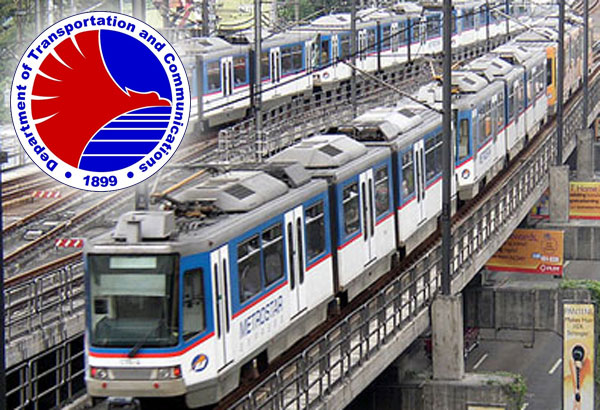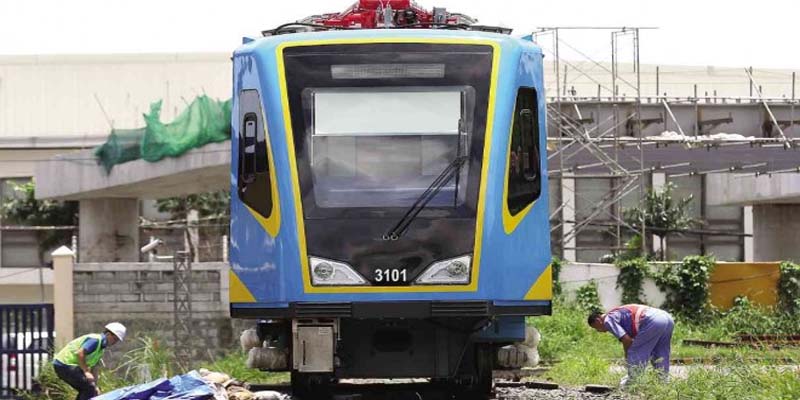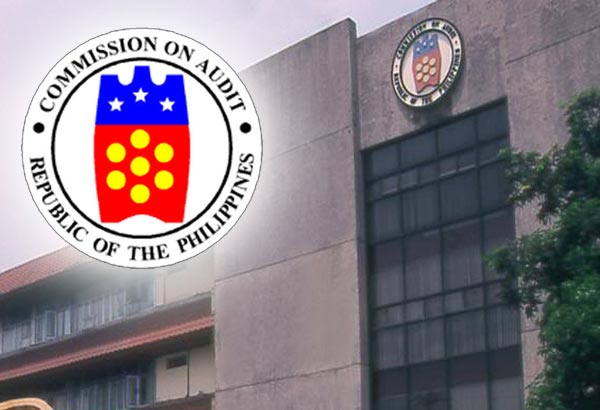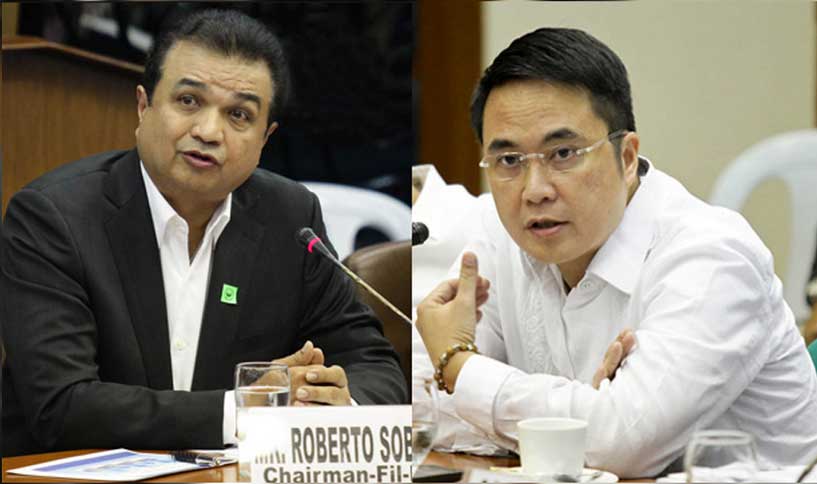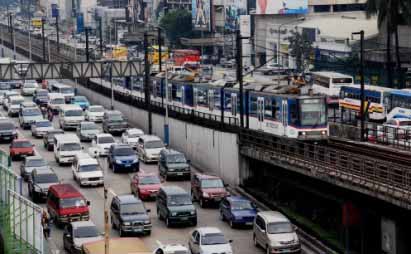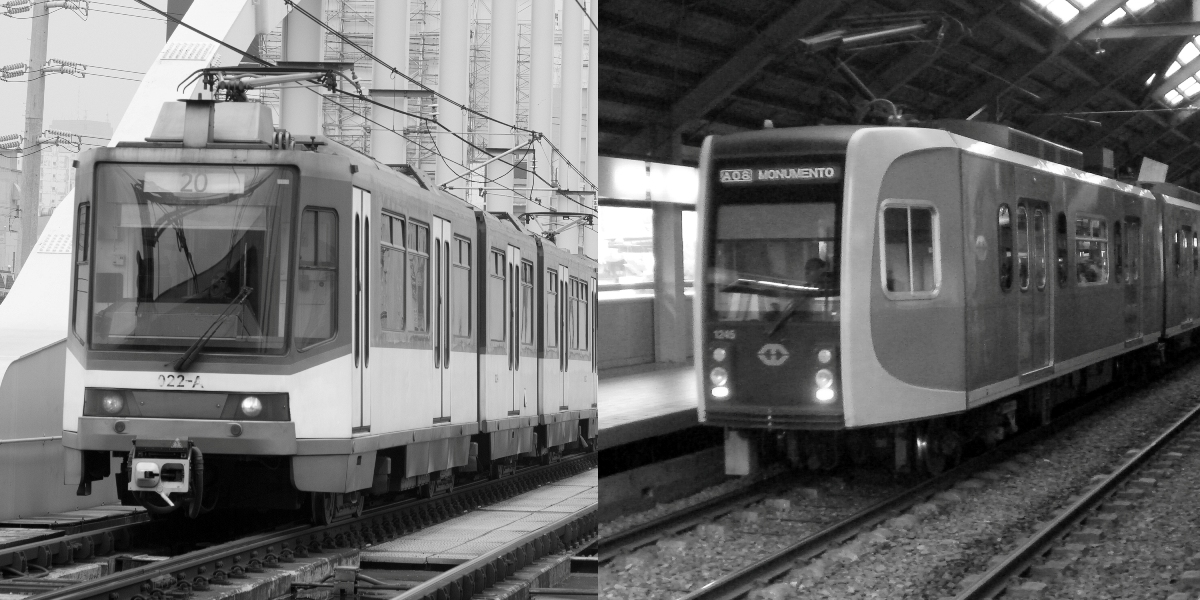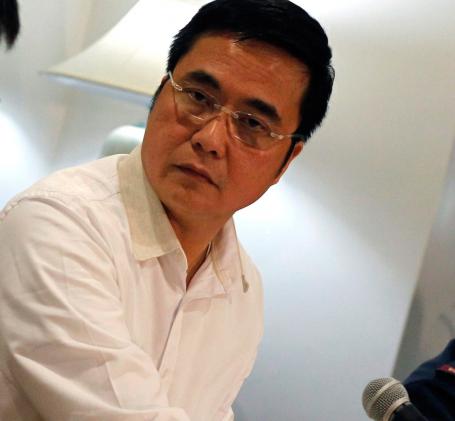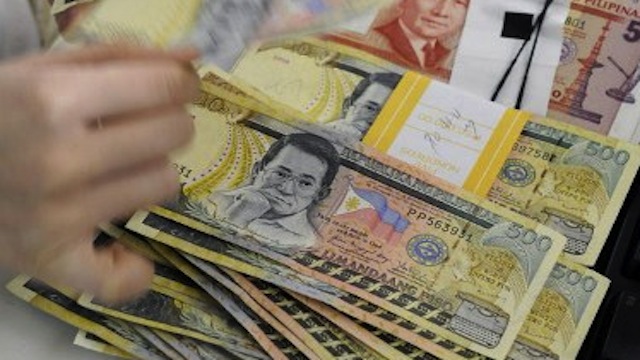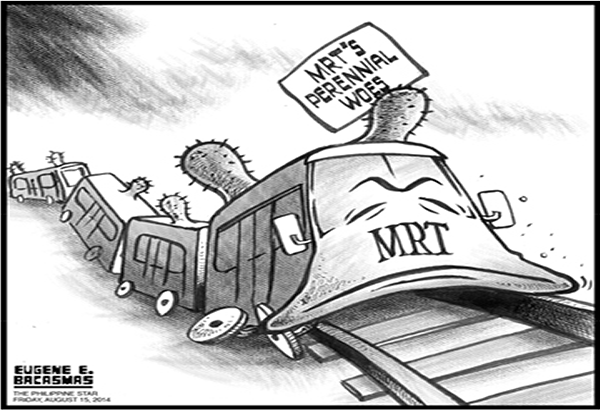By Jarius Bondoc | The Philippine Star | October 9, 2015
There he goes again. Transport Sec. Joseph Abaya is purchasing a P160-million rail grinder for the MRT-3 – an unnecessary, overpriced expense, according to train experts.
To smoothen the 17-km-long commuter railway, the equipment is used very sparingly, only once or twice a year. As such, Abaya could just make the MRT-3 maintenance servicer provide the costly machine, rail engineers say.
In fact, in his secret negotiating for the P4.25-billion rehab of the MRT-3, Abaya is requiring the prospective contractor to have the very same costly equipment. That proviso is contained in the 447-page prospectus for his unnamed negotiants.
Moreover, Abaya publicized only last week that he is spending untold hundred-millions more to replace 7,000 linear meters of tracks. With such special metal rails, all the more MRT-3 would not yet need to grind, sources say. So he doesn’t need a rail grinder at this time, if at all.
Yet Abaya still is buying it – at triple the market price, sources decry. One of the companies in the supply joint venture allegedly is owned by a high officer of the Philippine National Railways, the sources say. This conflict of interest amounts to corruption.
What is Abaya up to?
To begin with, Abaya’s two maintenance servicers in the past three years, to whom he paid P1.8 billion, should have done the semestral rail grinding – but didn’t. That’s one of many reasons for the MRT-3’s deterioration, with passengers suffering accidents if not bumpy rides. Those companies were under Liberal Party-mates of Abaya, their acting president.
The overlapping contracting for the very same grinding work and equipment is similar to Abaya’s recent grant of P53.4 million to upgrade the MRT-3 signaling system. Insiders wonder why he awarded such contract, when part of the P4.25-billion rehab he is negotiating behind closed doors includes the total replacement of the same signaling, for P900 million.
Like with the grinding, Abaya’s past two maintenance contractors were supposed to upgrade or replace the signaling system, but didn’t. The two companies are PH Trams, P535 million, Oct. 2012-Aug. 2013; and Global Epcom, P1.25 billion, Sept. 2013-July 2015.
LP fundraiser Marlo dela Cruz is chairman of the first, and “authorized representative” of both firms in dealing with MRT-3. Abaya in July broke up the maintenance into seven sub-works, each handled by separate outfits. Under the scheme, influential Global Epcom still gets P23.4 million a month, simply to clean the stations, and replace busted light bulbs or toilet fixtures.
About the size of a train coach, with similar wheels and engine, an automatic grinder smoothens the tracks into the specified curvature. This is required for safe, comfortable rides, and improved traction and signaling connection.
It is used only on worn-out tracks, not on new ones that Abaya announced to be installing. Minor grindings are done every night, but only with manually operated portable models.
In a press release the Dept. of Transportation and Communications said the P160-million deal for the rail grinder goes to Kempal Construction and Supply Corp. and TPE Share Sales Inc. The partners are to deliver the grinder, user manuals, and spare parts within 360 days from issuance of Notice to Proceed.
Rail experts say the P160 million, or $3.6 million, is three times the market cost of $1 million (P44.4 million). At most, the highest-end model is $1.5 million, one source says.
Aside from the high PNR officer, another alleged backer is a high official of the Light Rail Transit Authority. A DOTC agency, the LRTA runs the MRT-3’s sisters LRT-1 and -2.
Notably the LRTA owns an automatic grinder. Old as it may be, Abaya can easily borrow it for the MRT-3, since the LRT-1 and -2 seldom use it, the sources say.
Abaya cannot claim that it is too old for MRT-3’s use. Only last Aug., LRT-1 manpower service provider CB&T (CommBuilders and Transport) pulled out its newer, better model from the depot. The CB&T owners reportedly were angry that the LRTA refused to rent their unit, although told to buy it for LRT-1, LRT-2, and MRT-3.
The LRTA bought its grinder for over $2 million (P90 million) in 2005. Then-Rep. Alan Peter Cayetano had decried an overpricing, saying its true cost was less than $1 million. The anomaly prompted a congressional inquiry in Mar. that year.
The LRTA somehow recovered its crooked investment, as Japan’s giant Sumitomo Corp. leased it. Abaya suddenly rescinded in Oct. 2012 Sumitomo’s 12-year-long MRT-3 maintenance contract. He brought in the two-month-old, undercapitalized PH Trams, and later Global Epcom.
Under their succeeding contracts, PH Trams and Global Epcom were supposed to use automatic and manual (corrugated and switch) grinders, based on specified maintenance schedules.
Similar checklists in their respective contracts consist of six pages for the track maintenance alone. There is no record at the DOTC of compliance.
Abaya had wasted P1.8 billion on the two LP/dela Cruz companies, as they reneged on contract obligations on grinding, signaling, and other maintenance works and parts. The MRT-3 suffered almost daily breakdowns and serious accidents as a consequence.
Now Abaya is undertaking a P4.25-billion rehab to make up for his mess – at taxpayers’ expense. He is negotiating the stupendous amount, instead of public bidding, on pretext of “emergency.” Yet the allocations are specified in the 2014 and 2015 national budgets, meaning the project has long been planned.
Aside from the P900-million total replacement of the signaling, the rehab includes a P2.27-billion maintenance service and parts.
On Page 10 of the Terms of Reference of the rehab’s 447-page prospectus is stated the requirement: “6.1.11 Proof of ownership or leasing agreement of one (1) unit operational Railborne-Rail grinding machine, equipped with a minimum of eight stones to be used at MRT-3.”
If Abaya is to require the prospective maintenance contractor to have its own grinder, then why waste P160 million to purchase an overpriced unit?
 Twitter
Twitter Facebook
Facebook


























